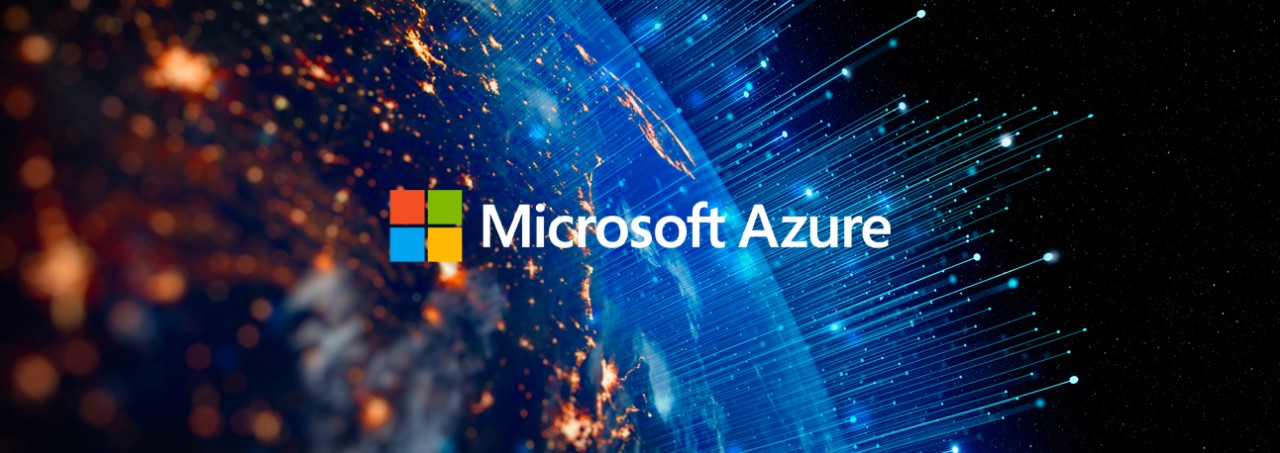Module 1: Design a data ingestion strategy for machine learning projects
- Learn how to design a data ingestion solution for training data used in machine learning projects.
In this module, you'll learn how to:
- Identify your data source and format
- Choose how to serve data to machine learning workflows
- Design a data ingestion solution
Module 2: Design a machine learning model training solution
- Learn how to design a model training solution for machine learning projects.
In this module, you'll learn how to:
- Identify machine learning tasks
- Choose a service to train a model
- Choose between compute options
Module 3: Design a model deployment solution
- Learn how to design a model deployment solution and how the requirements of the deployed model can affect the way you train a model.
In this module, you'll learn how to:
- Understand how a model will be consumed.
- Decide whether to deploy your model to a real-time or batch endpoint.
Module 4: Explore Azure Machine Learning workspace resources and assets
- As a data scientist, you can use Azure Machine Learning to train and manage your machine learning models. Learn what Azure Machine Learning is, and get familiar with all its resources and assets.
In this module, you'll learn how to:
- Create an Azure Machine Learning workspace.
- Identify resources and assets.
- Train models in the workspace.
Module 5: Explore developer tools for workspace interaction
- Learn how you can interact with the Azure Machine Learning workspace. You can use the Azure Machine Learning studio, the Python SDK (v2), or the Azure CLI (v2).
In this module, you'll learn how and when to use:
- The Azure Machine Learning studio.
- The Python Software Development Kit (SDK).
- The Azure Command Line Interface (CLI).
Module 6: Make data available in Azure Machine Learning
- Learn about how to connect to data from the Azure Machine Learning workspace. You'll be introduced to datastores and data assets.
In this module, you'll learn how to:
- Work with Uniform Resource Identifiers (URIs).
- Create and use datastores.
- Create and use data assets.
Module 7: Work with compute targets in Azure Machine Learning
- Learn how to work with compute targets in Azure Machine Learning. Compute targets allow you to run your machine learning workloads. Explore how and when you can use a compute instance or compute cluster.
In this module, you'll learn how to:
- Choose the appropriate compute target.
- Create and use a compute instance.
- Create and use a compute cluster.
Module 8: Work with environments in Azure Machine Learning
- Learn how to use environments in Azure Machine Learning to run scripts on any compute target.
In this module, you'll learn how to:
Understand environments in Azure Machine Learning.
Explore and use curated environments.
Create and use custom environments.
Module 9: Find the best classification model with Automated Machine Learning
- Learn how to find the best classification model with automated machine learning (AutoML). You'll use the Python SDK (v2) to configure and run an AutoML job.
In this module, you'll learn how to:
- Prepare your data to use AutoML for classification.
- Configure and run an AutoML experiment.
- Evaluate and compare models.
Module 10: Track model training in Jupyter notebooks with MLflow
- Learn how to use MLflow for model tracking when experimenting in notebooks.
In this module, you'll learn how to:
- Configure to use MLflow in notebooks
- Use MLflow for model tracking in notebooks
Module 11: Run a training script as a command job in Azure Machine Learning
- Learn how to convert your code to a script and run it as a command job in Azure Machine Learning.
In this module, you'll learn how to:
- Convert a notebook to a script.
- Test scripts in a terminal.
- Run a script as a command job.
- Use parameters in a command job.
Module 12: Track model training with MLflow in jobs
- Learn how to track model training with MLflow in jobs when running scripts.
In this module, you learn how to:
- Use MLflow when you run a script as a job.
- Review metrics, parameters, artifacts, and models from a run.
Module 13: Run pipelines in Azure Machine Learning
- Learn how to create and use components to build pipeline in Azure Machine Learning. Run and schedule Azure Machine Learning pipelines to automate machine learning workflows.
In this module, you'll learn how to:
- Create components.
- Build an Azure Machine Learning pipeline.
- Run an Azure Machine Learning pipeline.
Module 14: Perform hyperparameter tuning with Azure Machine Learning
- Learn how to perform hyperparameter tuning with a sweep job in Azure Machine Learning.
In this module, you'll learn how to:
- Define a hyperparameter search space.
- Configure hyperparameter sampling.
- Select an early-termination policy.
- Run a sweep job.
Module 15: Deploy a model to a managed online endpoint
- Learn how to deploy models to a managed online endpoint for real-time inferencing.
In this module, you'll learn how to:
- Use managed online endpoints.
- Deploy your MLflow model to a managed online endpoint.
- Deploy a custom model to a managed online endpoint.
- Test online endpoints.
Module 16: Deploy a model to a batch endpoint
- Learn how to deploy models to a batch endpoint. When you invoke a batch endpoint, you'll trigger a batch scoring job.
In this module, you'll learn how to:
- Create a batch endpoint.
- Deploy your MLflow model to a batch endpoint.
- Deploy a custom model to a batch endpoint.
- Invoke batch endpoints.


